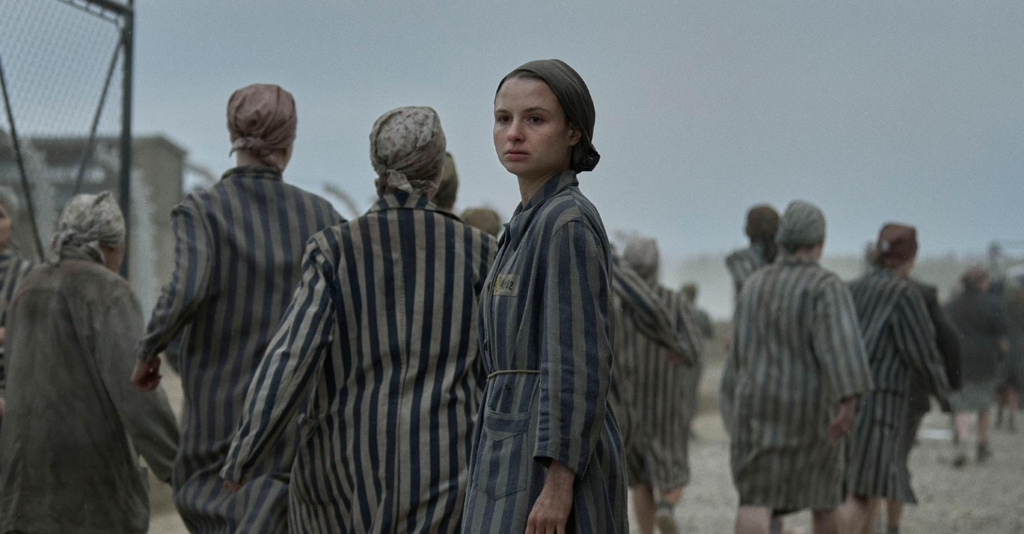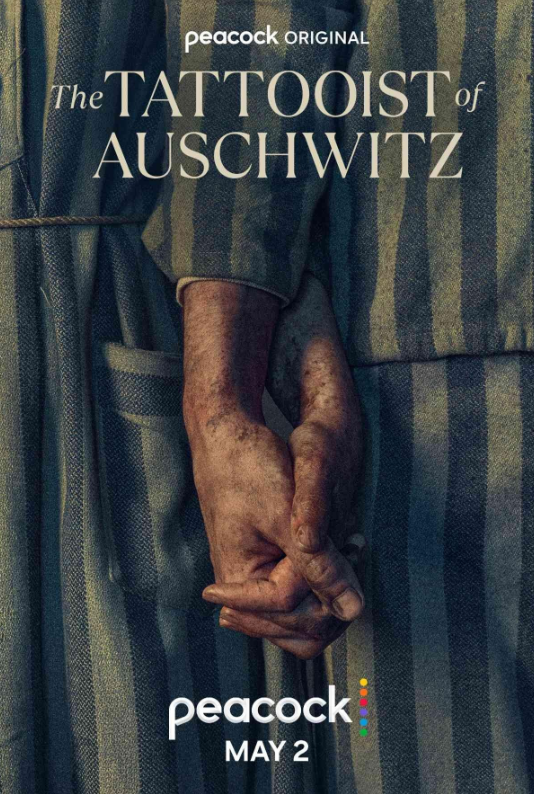„The Tattooist of Auschwitz,“ based on the best-selling novel by Heather Morris, brings to life the poignant and harrowing story of Lale Sokolov, a Jewish man who survived the horrors of Auschwitz by becoming the camp’s tattooist. The series, much like the book, explores themes of love, resilience, and survival against the backdrop of one of history’s darkest periods. Let’s delve into the making of this powerful series and how the filmmakers worked to respectfully and accurately portray such a sensitive subject.
1. Adapting a True Story
Adapting „The Tattooist of Auschwitz“ from a novel to a television series required a delicate balance. The filmmakers had to stay true to the real-life events and personal testimonies while crafting a narrative that would resonate with viewers. Extensive research was conducted to ensure the accuracy of the events depicted and to honor the memories of those who lived through them.
2. Casting and Performance
Casting was critical in bringing this story to life. The actors portraying Lale Sokolov, Gita Furman, and other key figures underwent extensive preparation to accurately represent their characters. They studied historical records, personal diaries, and survivor testimonies to understand the depth of their roles. The performances had to capture not only the physical hardships but also the emotional and psychological struggles of the characters.

3. Authentic Set Design
The set design played a crucial role in creating an authentic portrayal of Auschwitz. The production team recreated the camp’s environment with painstaking detail, from the barracks to the tattooing station. The goal was to provide an immersive experience that would help viewers understand the grim reality of life in the concentration camp. This involved consulting with historians and survivors to ensure every aspect was as accurate as possible.
4. Emotional Impact and Sensitivity
Given the subject matter, the series had to be handled with great sensitivity. The filmmakers were acutely aware of the emotional weight of the story and the importance of respecting the experiences of Holocaust survivors. They aimed to portray the brutality of the camp while also highlighting moments of humanity and hope that Lale and Gita experienced. This balance was essential to honor the true story without sensationalizing the trauma.

5. Cinematography and Visual Style
The visual style of „The Tattooist of Auschwitz“ was crafted to evoke the stark and oppressive atmosphere of the camp while also capturing moments of beauty and resilience. Cinematographers used muted color palettes and natural lighting to create a realistic and somber tone. Careful attention was paid to framing and composition to reflect the emotional states of the characters and the harshness of their environment.
6. Sound Design and Music
Sound design and music played pivotal roles in enhancing the emotional impact of the series. The soundtrack, composed with a mix of original scores and period-appropriate music, helped set the tone and convey the gravity of the story. Sound effects were used to immerse the audience in the environment, from the chilling sounds of the camp to the softer moments of connection between characters.
7. Challenges and Triumphs
Creating „The Tattooist of Auschwitz“ presented numerous challenges, both technical and emotional. The filmmakers had to navigate the complexities of filming in locations that evoked the historical settings and directing scenes that were often difficult to watch. However, the dedication and commitment of the cast and crew to tell this important story resulted in a series that is both impactful and respectful.
8. Impact and Reception
„The Tattooist of Auschwitz“ has garnered significant attention and praise for its portrayal of a dark chapter in history. Viewers have been moved by the resilience and love depicted in the series, and many have expressed appreciation for the respectful and accurate representation of the Holocaust. The series has sparked discussions about history, memory, and the power of storytelling in keeping the past alive.
9. Educational Value
Beyond its role as a piece of entertainment, „The Tattooist of Auschwitz“ serves as an educational tool. It brings attention to the personal stories of Holocaust survivors, ensuring that their experiences are not forgotten. The series encourages viewers to learn more about this period in history and to reflect on the enduring impact of the Holocaust on contemporary society.
10. Conclusion
„The Tattooist of Auschwitz“ is a testament to the power of storytelling in preserving history and honoring those who endured unimaginable suffering. Through meticulous research, thoughtful performances, and careful production, the series brings Lale Sokolov’s story to a broad audience, offering a poignant reminder of the strength of the human spirit in the face of adversity. It is a work that not only entertains but also educates and inspires, ensuring that the lessons of the past continue to resonate with future generations.
